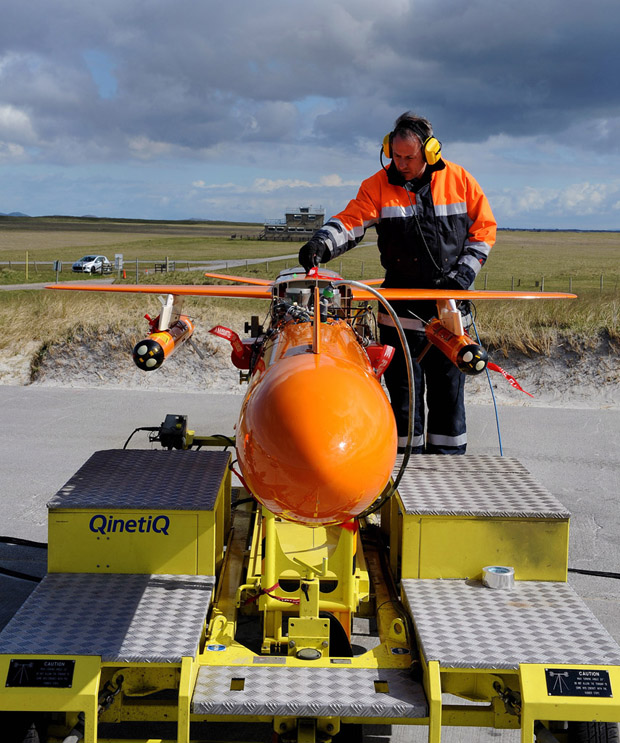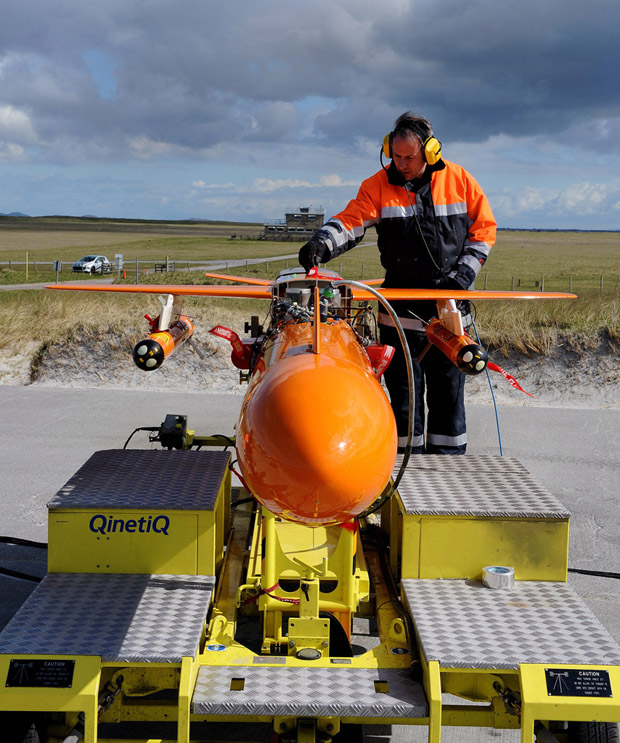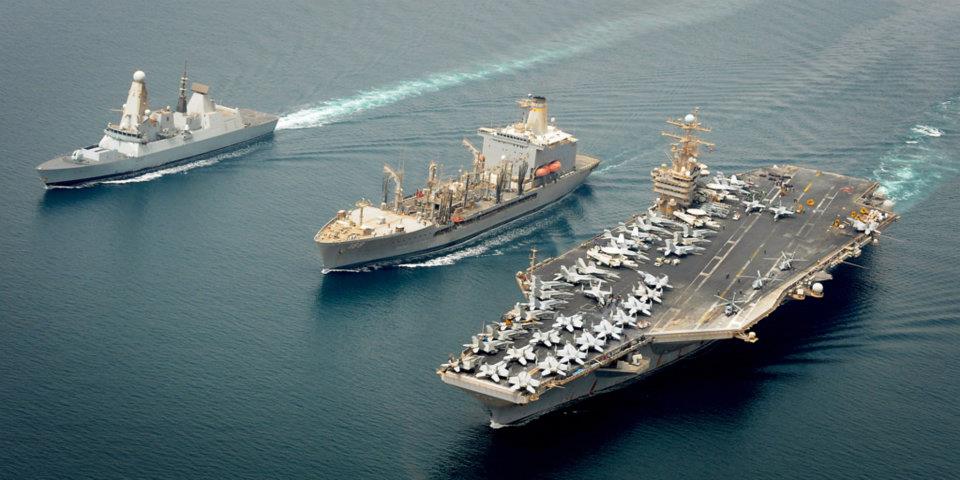Introduced some 40 years ago, Sea Dart missile, a ship lunched anti-aircraft and anti-missiles with a range of around 80 miles, was fired for the last time on Apr. 13.
The test firing, as part of the large Joint Warrior exercise off Scotland’s East Coast, was to demonstrate that the system was still effective after all these years.
HMS Edinburgh the last of the Royal Navy’s Type 42 Destroyers fired the Sea Dart as both as a Solo and as a salvo of 2 missiles at aerial Mirach target drones, which can fly at 10ft or 40,000ft for up to 90 minutes and are around 13 feet in length.
Image credit: Navynews.co.uk
Edinburgh’s Weapon Engineering Officer, Lt Cdr Stephen Carbery, in Charge of Sea Dart said: “This system has been at the heart of maritime operations for three decades, defending units and task groups from air attack since the Falklands conflict in 1982 through to Libya last year”.
HMS Edinburgh is due to be deployed for the last time next year and will usher in an end of an era both for Sea Dart, which is being replaced by Sea Viper, and the Type 42 Destroyer, which is being replaced by the new Type 45 Destroyer.
Image credit: Navynews.co.uk
The first Type 45 Destroyer, the HMS Daring, has commenced its first deployment “East of Suez” and is currently defending the USS Abraham Lincoln carrier group along with its US counterparts.
Image credit: Navy News Facebook Page
Sea Dart first saw combat in the Falklands conflict in 1982, downing seven aircraft, and then saw action again during Gulf War 1 when a missile fired from HMS Gloucester shot down an Iraqi Silkworm missile as it headed for the USS Missouri in what was the first time a missile shot down another missile in combat.
Richard Clements for TheAviationist.com












